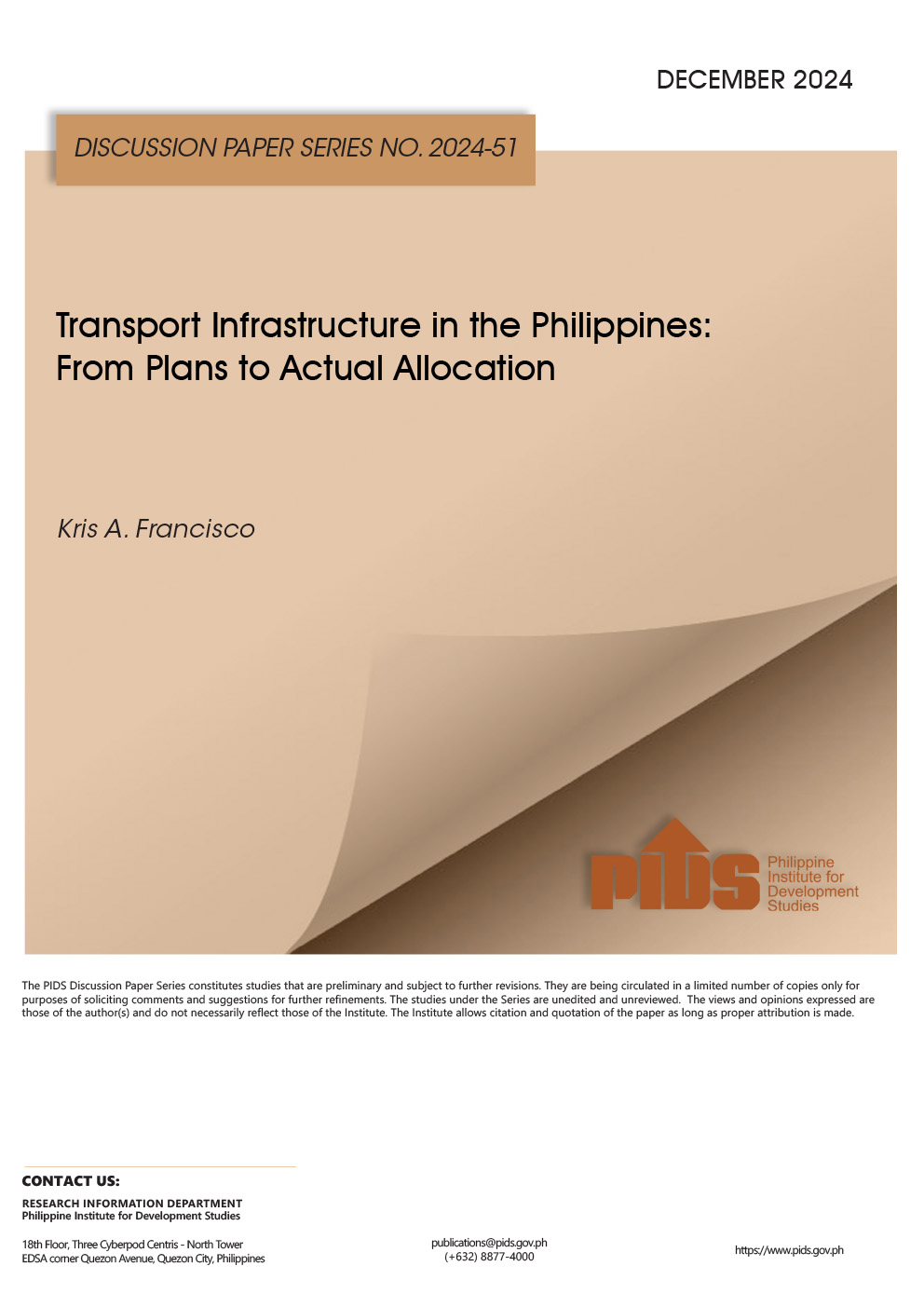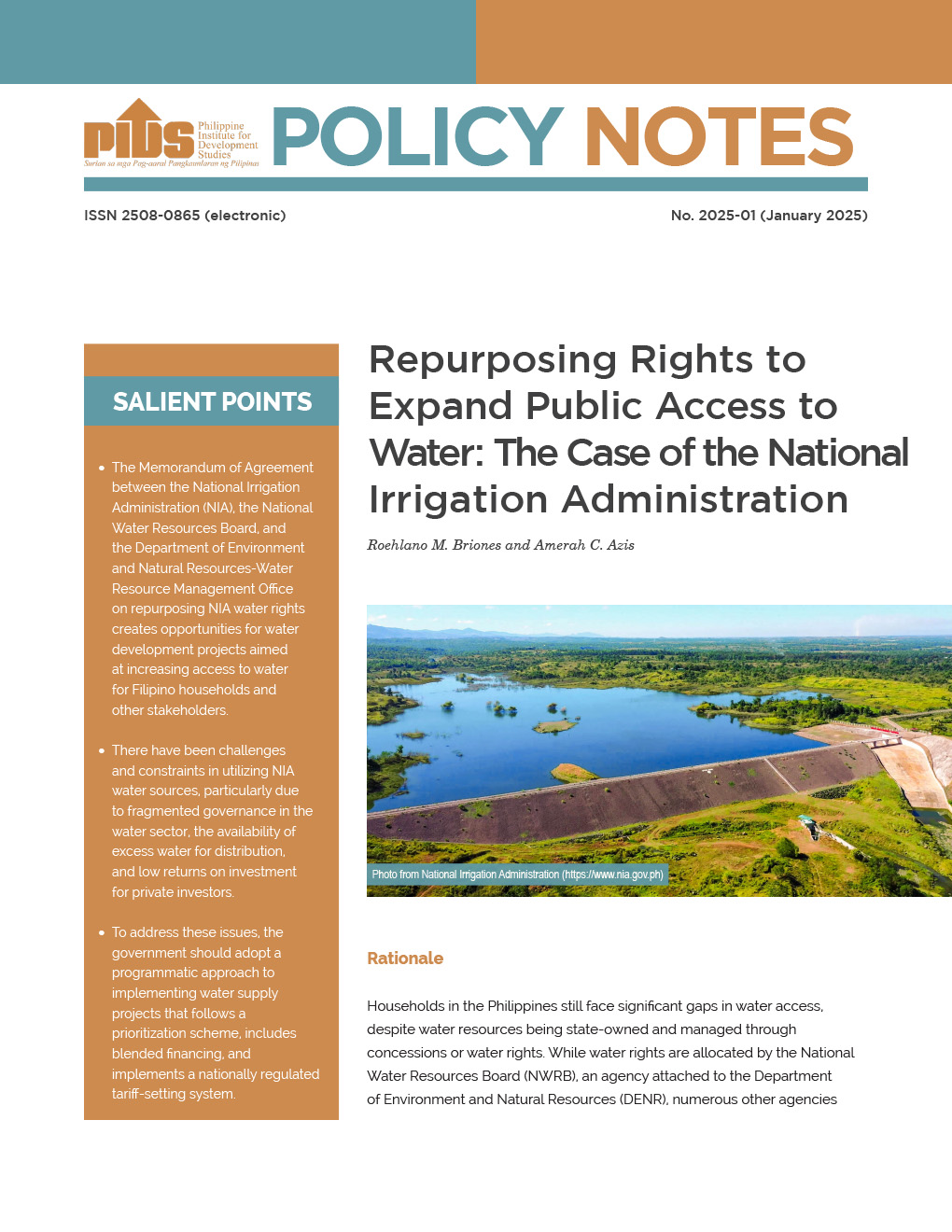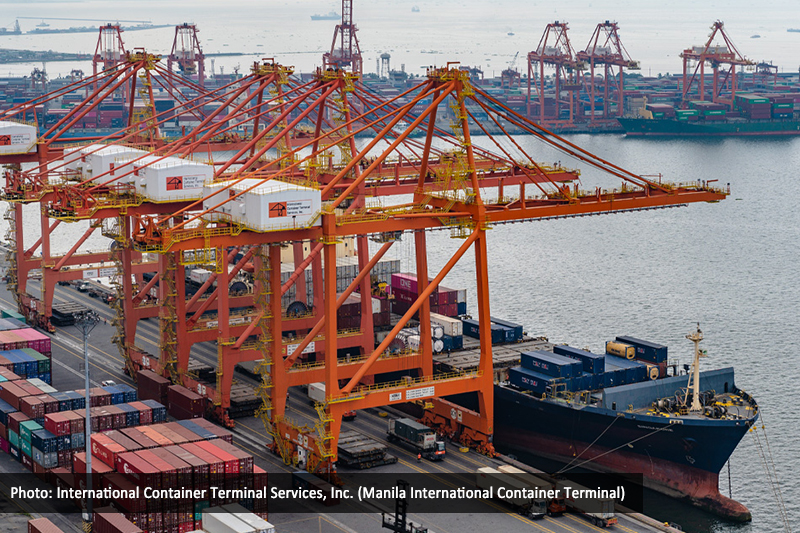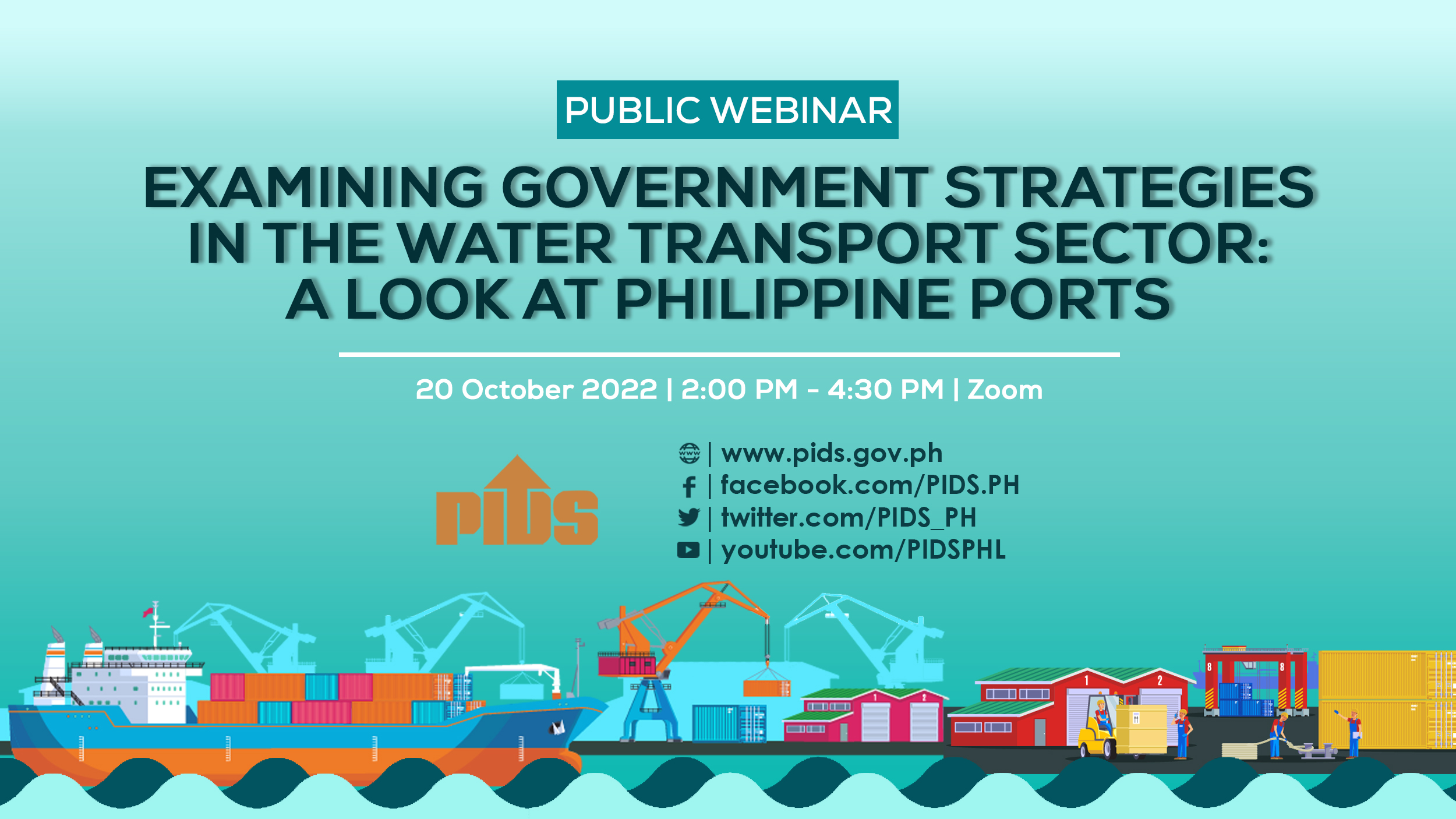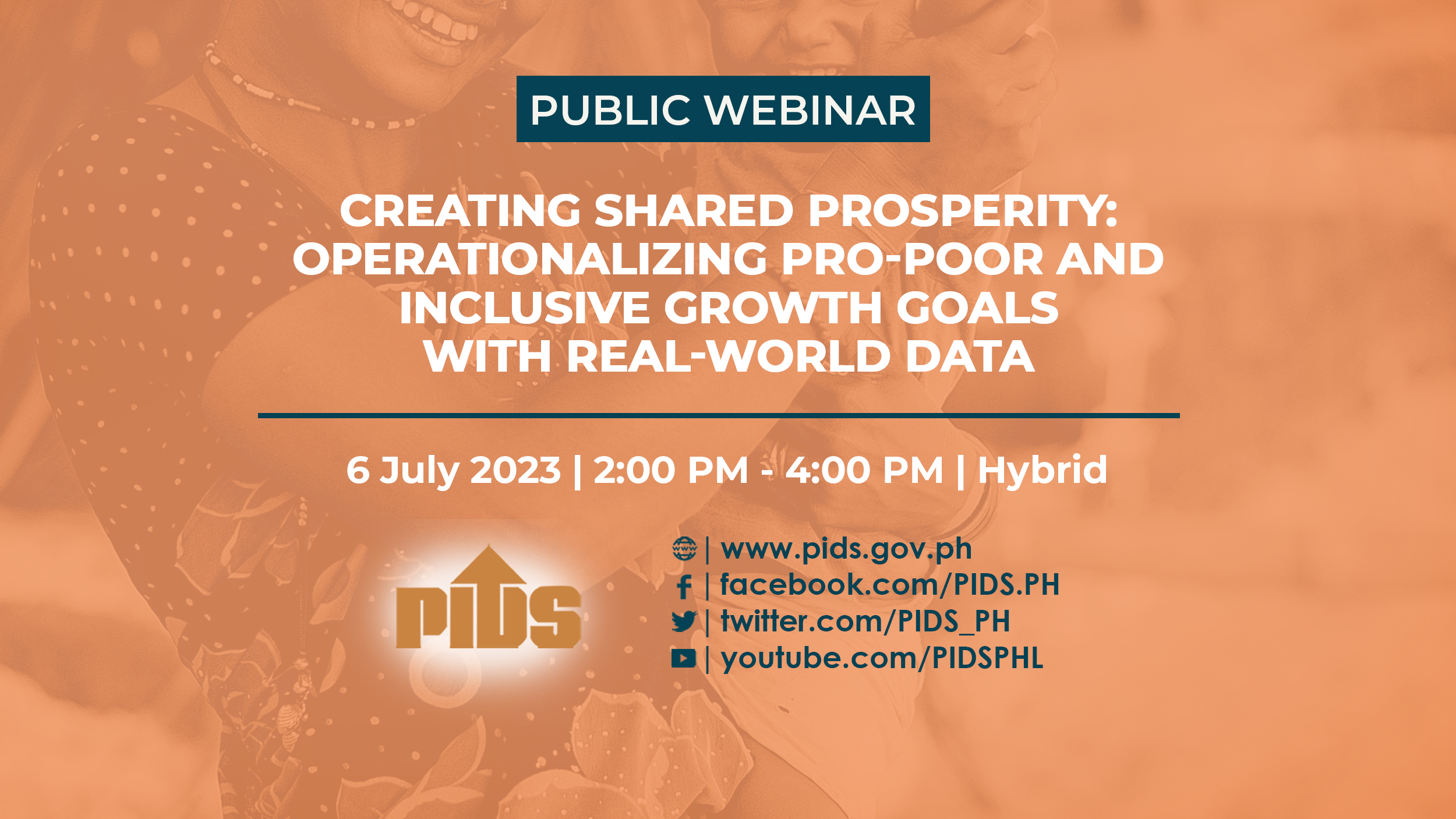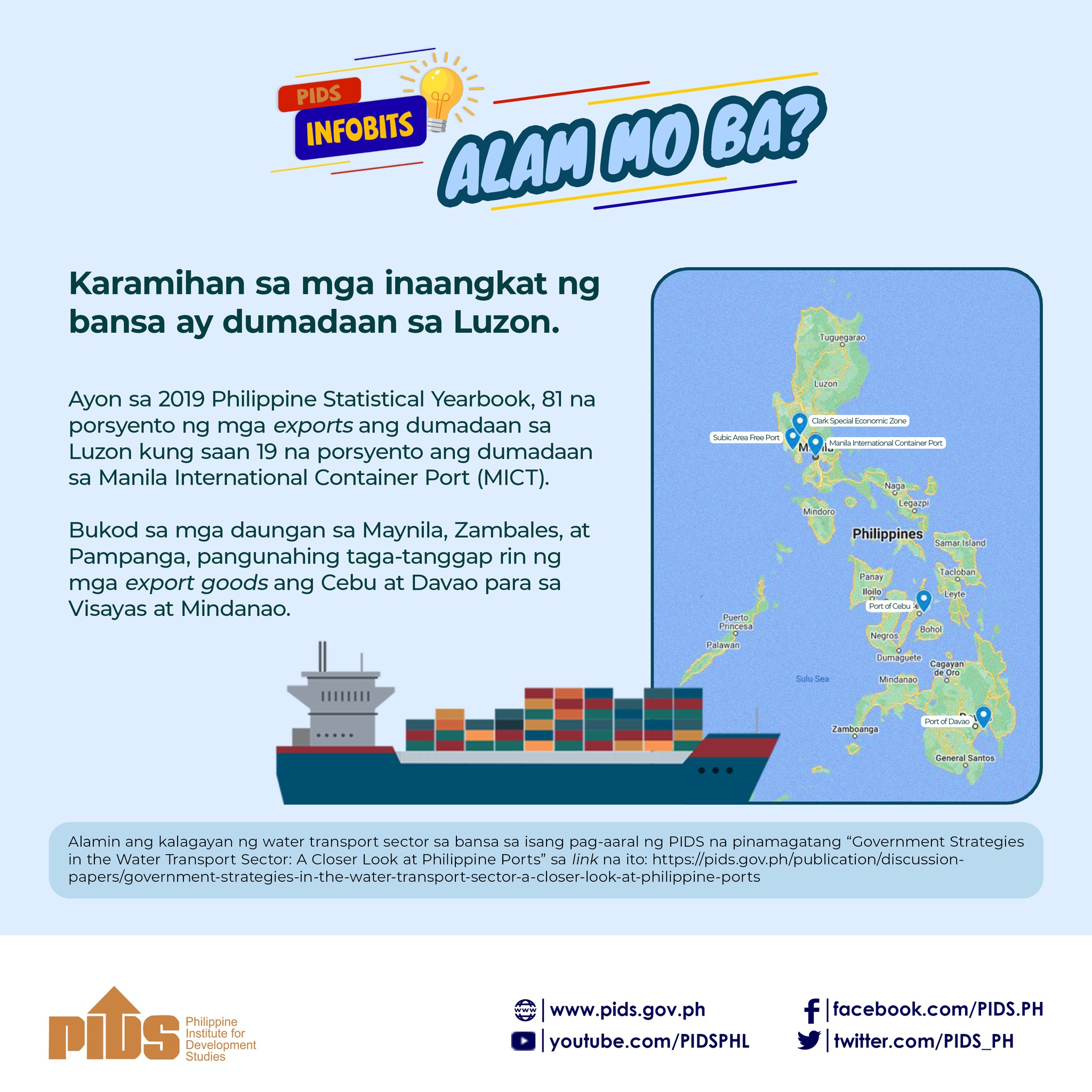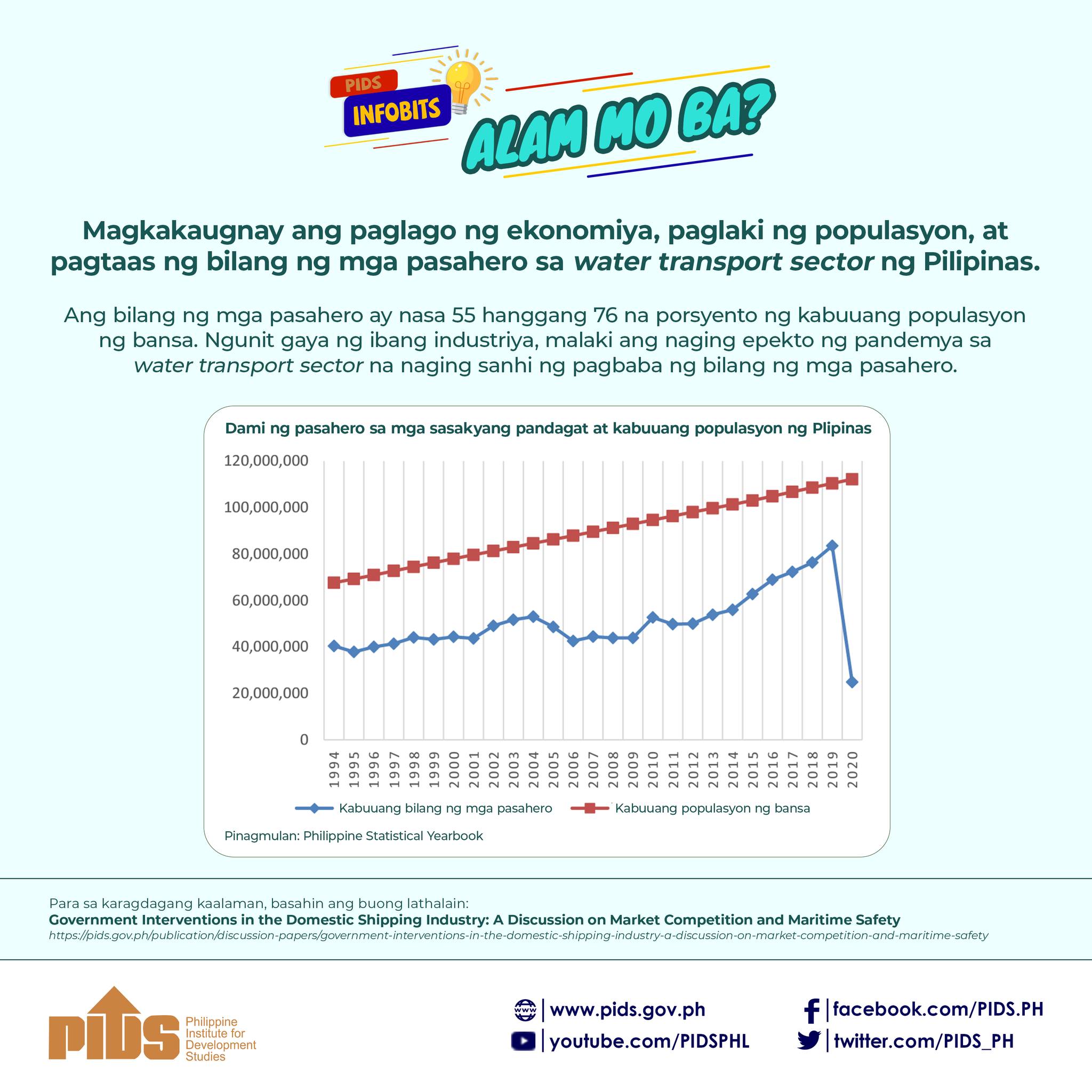IF the Philippines were to achieve its universal access to water and sanitation goal in a decade, the government must infuse an additional P21.3 billion to as much P55.5 billion worth of funding to local water districts (LWDs).
This was the primary finding in the report titled, “An Assessment of the Financial Sustainability and Performance of Philippine Water Districts” authored by Lawrence Velasco, an Assistant professor at the University of the Philippines Cesar EA Virata School of Business. The study was released by the Philippine Institute for Development Studies (PIDS).
Velasco said the base case scenario is P21.3 billion between 2019 and 2023. However, assuming a lower allowable maximum debt-asset ratio of 60 percent and 50 percent, the requirements would reach between P31.9 billion and P51.6 billion.
“The country’s spending plans are so ambitious that the current balance sheets of LWDs cannot sustain planned investments through debt financing,” Velasco said.
“These infusion requirements are critical, considering the Mandanas ruling, wherein the internal revenue allotment of LGUs will increase by P225.3 billion,” he added.
Velasco explained that based on the Philippine Water Supply and Sanitation Master Plan (PWSSMP) 2019–2030, the National Economic and Development Authority (Neda) said the country needed to invest P1.069 trillion from 2019 to 2030.
Of this amount, Velasco said, the Local Water Utilities Administration (LWUA) and the water districts need to spend P94.17 billion and P87.41 billion for water supply and sanitation, respectively, from 2019 to 2023.
However, Velasco said most funding sources for water districts are loans. He said the financial burden of LWDs between 2009 and 2018 is already significant as it is.
Borrowing to attain the goals means securing loans in the order of P136.4 billion from 2019 to 2023 which, Velasco said, may not be feasible without any capital infusion from the government.
“The available debt capacity of water districts nationally, based on their current financial position, is estimated to be at only P43.3 billion from 2019 to 2023 at a maximum debt ratio of 70 percent. This is only 31.7 percent of water districts’ needed investments to reach Neda’s 2023 vision for the sector,” Velasco said.
“To fund the balance of P93.16 billion, the government needs to infuse nearly P28-billion fresh equity to water districts nationwide to finance the balance via debt, assuming a 70-percent debt ratio,” he also said.
Velasco said his estimates were based on the aggregate balance sheets of 488 water districts. Some of these LWDs, he said, may be over performing or underperforming versus the national average, which may increase or reduce the estimated equity requirement.
Therefore, he said, investment plans must be analyzed per water district to ensure that each can reasonably raise and support financing.
In September, Neda said the Philippines needs to invest a total of P1.1 trillion in order to meet the Sustainable Development Goal (SDG) on water supply and sanitation by 2030.
At the launch of the PWSSMP, Neda Assistant Secretary for Investment Programming Roderick M. Planta said this means an annual investment of over P100 billion between 2020 and 2030.
This amount has not been invested by the country before on the water and sanitation sector, and Planta said this accounts for the need to also provide incentives for other stakeholders in the sector.
He said the government has only been spending P5 billion a year for water supply and sanitation projects and programs—implying a P95-billion gap every year.
The low investments have led to many problems in the water and sanitation sector. In his speech, Socioeconomic Planning Secretary Karl Kendrick T. Chua said only about 44 percent of households have individual connection to a proper, fully-reticulated waterworks system.
The remaining 56 percent, or 57 million Filipinos, must fetch water for their families from communal pipes or springs or wells up to 250 meters away.
Only 18 percent of Filipinos have access to septage management services, while 13 percent have access to a sewerage system, Chua said. He added over 4 million Filipinos still practice open defecation.

